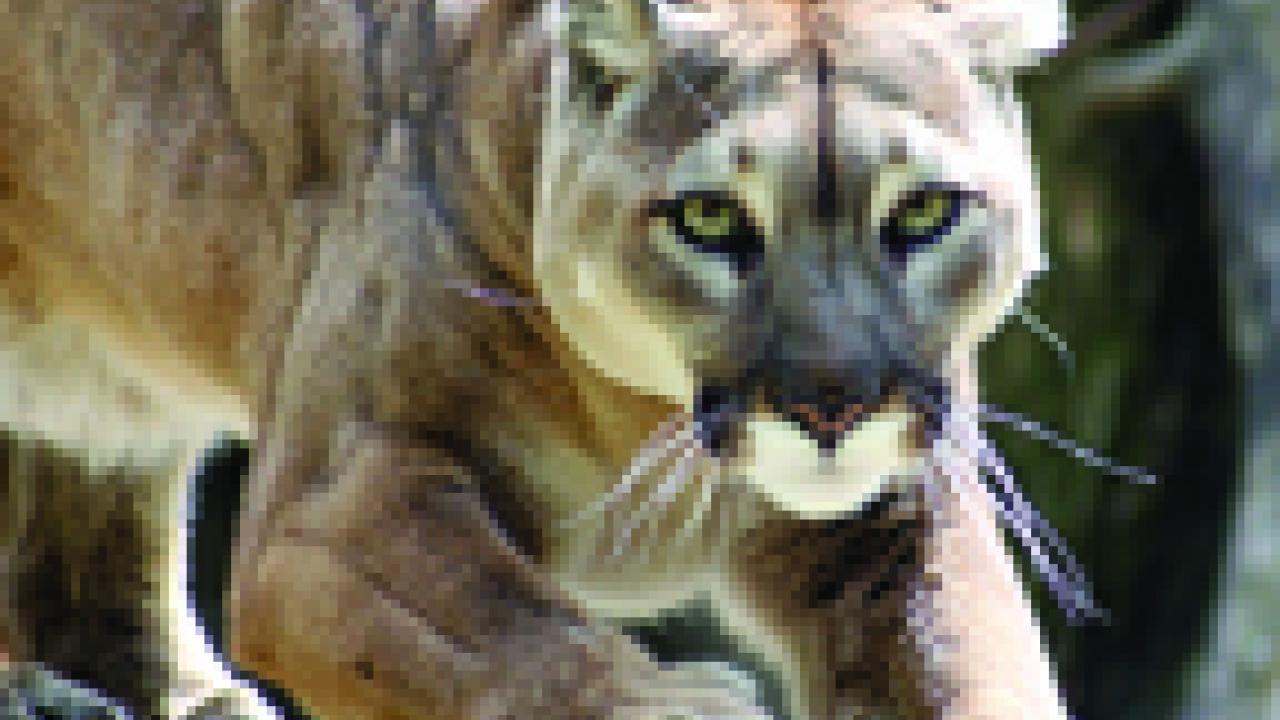A UC Davis study of 110 years of mountain lion attacks on people suggests the conventional wisdom of standing your ground may not always be the right course.
“Even though we found evidence that pumas will indeed chase, and capture, people who run, we also found that people who stand still are possibly more endangered,” said the study’s lead author, psychology professor Richard Coss, an expert on the evolution of predator-prey relationships.
“Immobility may be interpreted by the mountain lion as a sign that you are vulnerable prey, either because you are unaware of its presence, or because you are disabled and not capable of escaping.”
Thus, running might be the smartest move, Coss concluded, if you are in a situation that allows you to run in a surefooted fashion with even strides — for example, on dry, flat ground rather than uneven, rocky terrain or deep snow.
Most state and federal wildlife agencies advise against running. The California Department of Fish and Game says on its Web site, in part: “Do not run from a lion. Running may stimulate a mountain lion’s instinct to chase. Instead, stand and face the animal.”
Coss said the new study reviewed personal accounts, news reports and wildlife agency reports of attacks by pumas on 185 people in the United States and Canada from 1890 to 2000. His goal was to identify what kinds of activities people were doing during a mountain lion attack and determine whether these activities predicted the severity of their injuries.
“An understanding of how large cats select humans as prey and the situations that promote the greatest likelihood of attack is an important component of wildlife management,” he wrote.
Coss’ co-authors: E. Lee Fitzhugh, a UC Cooperative Extension specialist; Sabine Schmid-Holmes, a UC Davis postdoctoral researcher; Marc Kenyon, a UC Davis undergraduate researcher; and Kathy Etling, a wildlife specialist and author of the 2004 book Cougar Attacks: Encounters of the Worst Kind.
The study, “The Effects of Human Age, Group Composition, and Behavior on the Likelihood of Being Injured by Attacking Pumas,” is published in the latest issue (Volume 22, Issue 1) of the quarterly journal Anthrozoos: A Multidisciplinary Journal of the Interactions of People & Animals.
Media Resources
Dave Jones, Dateline, 530-752-6556, dljones@ucdavis.edu
